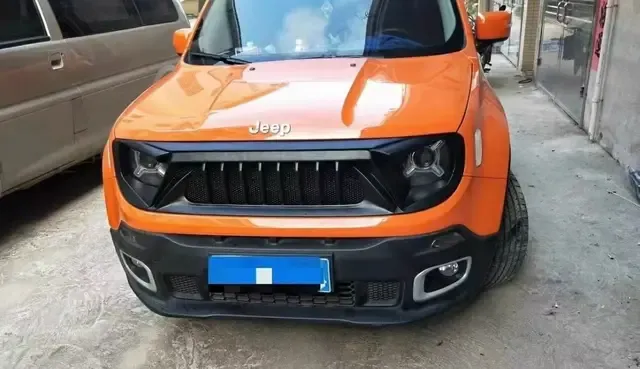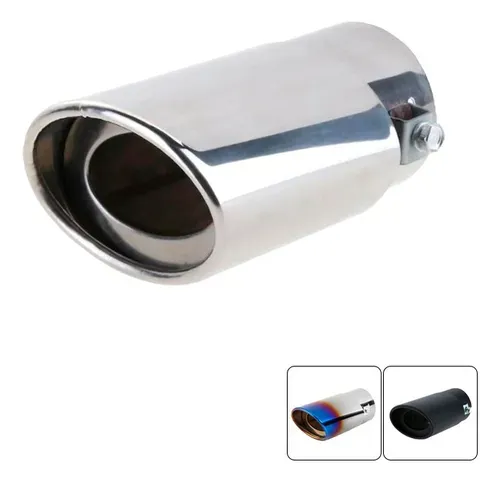How to install ultrasonic parking sensors from AliExpress on the rear bumper?

Installing ultrasonic parking sensors on your vehicle’s rear bumper can significantly enhance your parking experience, making it easier and safer to maneuver in tight spaces. If you’re looking to improve your car’s safety features, this guide will walk you through the process of installing ultrasonic parking sensors purchased from AliExpress. With the right tools and steps, you can install these sensors yourself, saving time and money. Let’s dive into the process!
Why Choose Ultrasonic Parking Sensors?
Ultrasonic parking sensors use sound waves to detect obstacles behind your vehicle. They are designed to provide audible alerts as you reverse, allowing you to avoid potential collisions. Here are some key benefits of installing these sensors:
- Enhanced Safety: Ultrasonic sensors can help prevent accidents and damage to your vehicle.
- Easy Installation: Many kits from AliExpress come with detailed instructions and all necessary components.
- Affordable: Compared to professional installations, DIY systems can be significantly cheaper.
- Durability: Most ultrasonic sensors are built to withstand various weather conditions.
What You’ll Need for Installation
Before you start the installation, it’s essential to gather the necessary tools and components. Here’s a list of items you will need:
- Ultrasonic parking sensor kit (including sensors, control unit, and wiring)
- Drill with appropriate drill bits
- Wrench and screwdriver set
- Electrical tape
- Wire cutters and strippers
- Measuring tape
- Protective goggles
- Marker or chalk for marking
Step-by-Step Installation Process
Step 1: Preparing Your Vehicle
Before starting, make sure your vehicle is parked on a flat surface. Ensure that the engine is off and the keys are removed from the ignition. This step will ensure safety during the installation process.
Step 2: Plan the Sensor Placement
Position the sensors at equal distances along the middle section of your rear bumper. Most kits recommend placing them about 30 inches above the ground for optimal performance. Using your measuring tape, mark these positions with a marker or chalk.
Step 3: Drill the Sensor Holes
Using the drill, create holes at the marked positions for the ultrasonic sensors. Be cautious and wear protective goggles during this process. The holes should be just slightly larger than the sensor’s diameter for a snug fit.
Step 4: Install the Sensors
Insert the sensors into the drilled holes. Make sure they fit securely without wobbling. Adjust them to ensure they are straight. Most sensors come with a locking mechanism to keep them in place. Follow the manufacturer’s instructions on securing them.
Step 5: Connect the Wiring
Now it’s time to connect the wiring. Locate the control unit that comes with your kit. Generally, the wiring includes color-coded connectors that simplify the installation:
- Connect each sensor’s wire to the corresponding input on the control unit.
- Ensure all connections are tight and well-insulated using electrical tape.
Step 6: Power Connection
Next, you need to connect the control unit to the vehicle’s power supply. Locate the reverse light wire in your vehicle, which usually provides power when the vehicle is in reverse. Use the following steps:
- Use wire strippers to expose the reverse light wire.
- Connect the power wire from the control unit to the reverse light wire.
- Secure the connection with electrical tape to prevent any short circuits.
Step 7: Testing the System
Before putting everything back together, it’s imperative to test the ultrasonic parking sensor system. Turn on your vehicle and put it in reverse. If the system is working correctly, the sensors should emit beeping sounds indicating proximity to obstacles. Make adjustments if necessary.
Step 8: Final Touches
Once you are satisfied with the system’s performance, tidy up the wiring. Use zip ties to secure the cables and ensure they are not dangling. This will give your installation a clean and professional look. Finally, replace any panels you may have removed during the installation.
Maintenance Tips for Ultrasonic Parking Sensors
Keeping your ultrasonic parking sensors in good working order is essential for their longevity and performance. Here are some maintenance tips to consider:
- Regular Cleaning: Ensure that the sensors are free from dirt and debris which can affect their accuracy.
- Check Connections: Periodically inspect the wiring and connections for damage or wear.
- Test Functionality: Regularly test the sensors to ensure they are operating correctly, especially after any repairs or modifications to your vehicle.
Where to Buy Ultrasonic Parking Sensors
As mentioned, a great place to purchase ultrasonic parking sensors is AliExpress. They offer a variety of options at competitive prices. When selecting a kit, consider the following:
- Read Reviews: Always check product reviews and ratings for insights on quality and performance.
- Compare Prices: Look at different sellers to find the best deal.
- Check Warranty: Opt for products that come with a warranty for peace of mind.
Common Issues and Troubleshooting
Despite being reliable, ultrasonic parking sensors can sometimes encounter issues. Here are some common problems and how to troubleshoot them:
- No Sound: Check the power connection and ensure the control unit is receiving power.
- False Alerts: Ensure the sensors are clean and positioned correctly.
- Inconsistent Readings: Recheck wiring connections and verify proper installation.
Conclusion
Installing ultrasonic parking sensors from AliExpress on your rear bumper is not just a significant upgrade for your vehicle but also a means of enhancing safety while you drive. By following the outlined steps and taking care to maintain your sensors, you can enjoy a more convenient parking experience. So, why wait? Grab your set of ultrasonic parking sensors today and make parking a breeze!

LINK:
“`html
Installing ultrasonic parking sensors from AliExpress on your rear bumper is a practical way to enhance your vehicle’s safety features. This straightforward process not only improves your awareness while reversing but also protects against potential accidents. Follow the instructions carefully and ensure you have the right tools. With a few essential steps, you can have your sensors up and running, making driving a more secure experience. This investment in your vehicle will pay off by providing added convenience and peace of mind. Now, let’s dive into the installation process and answer some frequently asked questions.
Installation Steps
To successfully install your ultrasonic parking sensors, follow these key steps:
- Gather Tools: You will need a drill, screwdriver, wire stripper, and electric tape.
- Select Sensor Locations: Choose spots on your rear bumper, ensuring they are at the right height and distance apart for optimal functionality.
- Drill Holes: Carefully drill holes for each sensor based on the manufacturer’s recommendations.
- Connect Wires: Strip and connect the sensors’ wires to your vehicle’s reverse light wiring.
- Test the Sensors: Before securing everything, test the system to ensure proper function.
- Secure Everything: Use electric tape to secure connections and neatly mount the sensors into the drilled holes.
- Final Check: Recheck all connections before closing everything up.
FAQ
1. What tools do I need to install the sensors?
You will need a drill, a screwdriver, wire strippers, electric tape, and possibly a voltage tester to ensure correct wiring connections.
2. How do I determine where to place the sensors?
Manufacturers usually provide guidelines, but a good rule of thumb is to install them between 40 to 60 cm from the ground and at equal distances from the edges of the bumper.
3. Can I install the sensors without professional help?
Yes, if you have basic DIY skills and tools, you can complete the installation yourself, following the provided instructions carefully.
4. Are ultrasonic parking sensors reliable?
Yes, ultrasonic parking sensors are designed to accurately detect objects and provide alerts. However, they may have limitations in extreme weather conditions or unusual angles.
5. How do I test if my sensors are working after installation?
After installation, reverse your vehicle slowly towards a stationary object. The sensors should beep progressively faster as you get closer, indicating a successful installation.
6. What to do if my sensors do not work?
First, check all wiring connections and make sure they are secure. If issues persist, ensure that the sensors are not obstructed or damaged.
7. Are these sensors compatible with all vehicles?
Most ultrasonic parking sensors are universal, but it’s best to check if the model you are purchasing is compatible with your vehicle’s make and model.
Conclusion
In summary, installing ultrasonic parking sensors from AliExpress is a valuable upgrade for any vehicle, enhancing safety and convenience during reversing. By following the installation steps and addressing common questions, you can ensure a smooth setup process. These sensors provide an essential layer of protection, preventing potential accidents and increasing your peace of mind on the road. Investing in this technology is a smart choice for any driver looking to improve their vehicle’s safety features.
“`

Parceiros:



